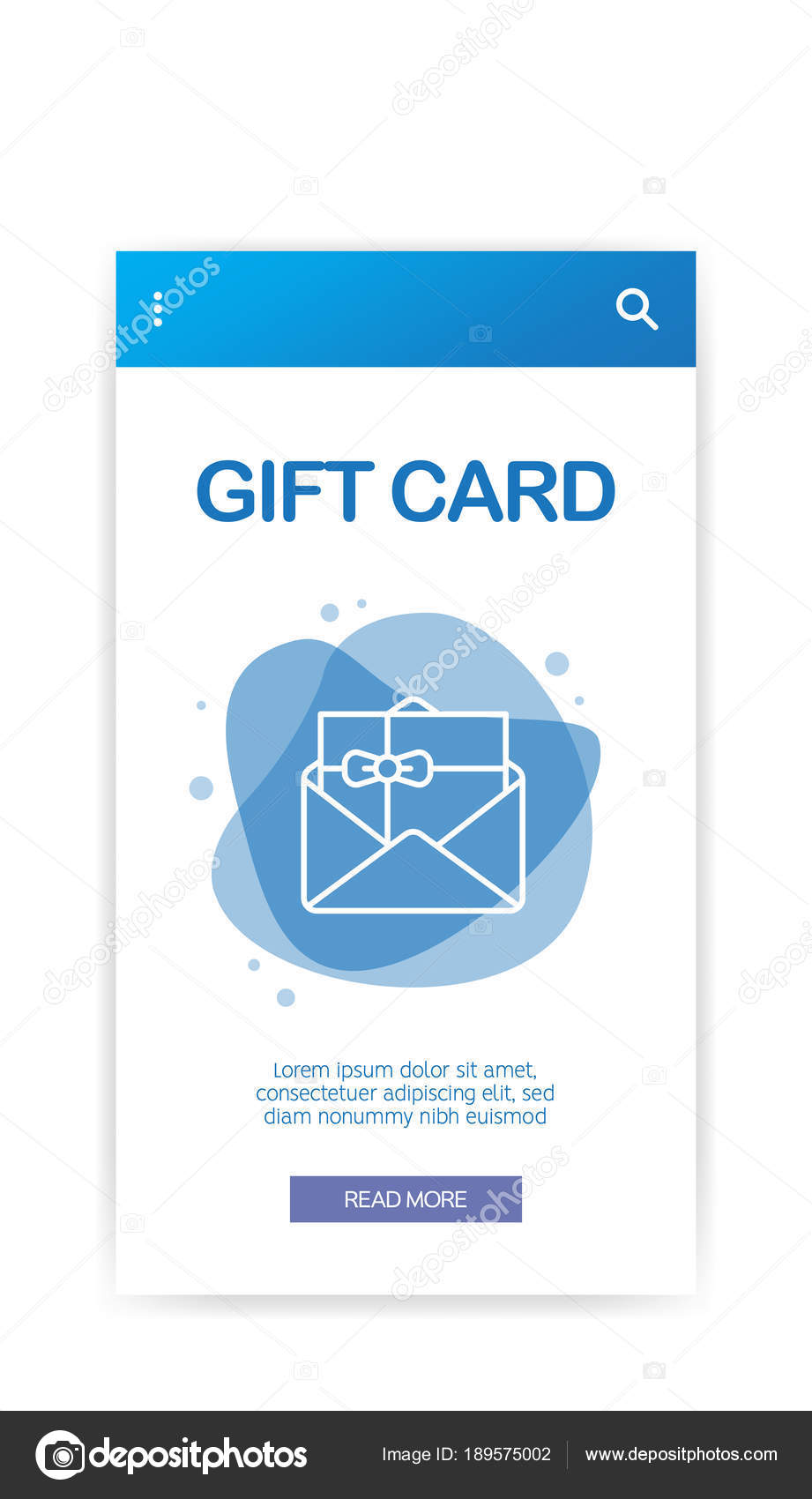Although they might seem comparable, engraving and etching vary in their techniques and end results. Comprehending these procedures is important for any type of firm wanting to tailor glass products.
Laser etching uses concentrated warmth to melt the micro surface of your product, developing recessed markings that resist damage and can be checked out under severe problems. It's perfect for things that require to be deducible, like industrial parts.
Looks
Etching and inscribing both create resilient, responsive layouts that stand out on the glass surface. They are suitable for tasks that call for a refined, elegant appearance.
Laser etching can be utilized to etch glass, yet it calls for a safety coating or shield to stop warmth damage to the glass. A specialized spray or coating is readily available for this function and can be applied to slim glass to decrease cracking or damages during the engraving procedure.
It's also feasible to etch glass by hand using a rotary tool. This strategy is time-consuming and labor-intensive, yet it can create top quality outcomes when done appropriately. Be sure to wear safety and security gear like goggles and a respirator mask to secure yourself from dirt and debris. You can begin by drawing your design on the glass with a pen, then put the rotary tool and slowly follow your layout to etch it right into the glass. After the engraving is full, carefully wash away any type of remaining dirt or residue.
Convenience
The engraving procedure uses a vast array of applications for glass items. It is extremely functional and can be made use of on different materials and thicknesses of glass. It is likewise really accurate and creates thorough, high-contrast designs on the glass surface area. It can be utilized on both level and bent surfaces.
Glass engraving is a prominent selection for glass products like wine bottles, architectural dividers, and health facility retirement toast glasses design. It creates a soft and refined style that is not as recognizable as etching, making it an excellent option for ambient aesthetic appeals.
To minimize warm stress and anxiety on slim glass, use a protective material like masking tape or a wet paper towel to the surface prior to laser engraving. This soaks up and spreads laser energy to lower local heating and protect against splitting. Conversely, covering the glass with a moderate detergent or dishwashing soap can additionally be an effective pre-coating. Simply remember to cover only the laser-contacting face of the glass with these moisture-absorbing pre-treatments.
Longevity
Laser glass engraving produces deep, permanent markings that are durable and aesthetically striking. It's optimal for artistic or light business purposes that call for a refined look. Inscription needs precise and regulated handling of the glass to avoid heat damage and fracturing. Slim or delicate glass can be extra at risk to the high-contrast results of laser inscription, making it important to check the process closely for indicators of getting too hot and breaking.
Etching makes use of a diamond-tipped device to cut into the surface of the glass, developing a textured mark that's much less aesthetically striking than laser etching. It's an usual selection for applications where a frozen impact is favored, such as ornamental glass windows and personalized presents. Like laser engraving, etching is very precise and suitable for logos and other detailed images. Evergreen Glass uses advanced laser equipment adjusted for optimal performance to attain etching and engraving with phenomenal precision. For added satisfaction, our devices include built-in security attributes that ensure risk-free procedure.
Expense
Glass etching involves the use of chemical options to develop a design. While this strategy is not as specific and efficient as laser etching, it is still an exceptional selection for artisanal glasswork, which can be a fantastic way to boost a special occasion gift or celebratory item.
For the best results, it is very important to test a sample item of glass prior to using any etching creams. Various types of glass may react in different ways to the chemicals. Some will certainly engrave really rapidly while others could take a lot longer. In some cases, a piece of glass might even fail to etch whatsoever!
Laser etching involves the use of a computer-guided system, frequently described as a CNC (Computer Numerical Control) machine, to direct a focused laser light beam at the surface area of the glass. This procedure requires a top-level of technical skill and imagination. It is a reliable method to inscribe intricate patterns on large-scale tasks with high levels of accuracy.
